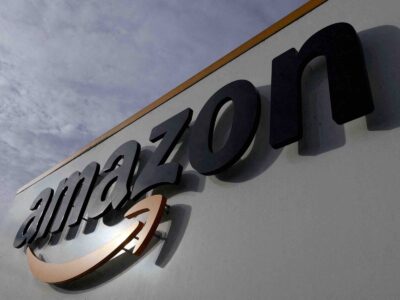General Mills got its start in 1866 with a single flour mill along the Mississippi River, back when nobody much thought about greenhouse gas emissions. More than 150 years later, greenhouse gas emissions are a major climate risk, and General Mills has grown into a global food giant that has committed to cutting its emissions by nearly one-third to help reduce that risk.
To get there, General Mills recently announced its first sustainability-linked bond that will align with the company’s aim to reduce its own absolute GHG by 30% by 2030. The 10-year, $500 million bond will be linked to its performance against that goal. If General Mills fails to hit its interim reduction targets by 2025, the interest it owes to investors will increase.
“Climate change and its effects are having an impact on our planet, people’s lives and on General Mills’ ability to live out our purpose of making food the world loves,” Chief Financial Officer Kofi Bruce said in an Oct. 6 press release announcing the bond. “General Mills is focused on reducing emissions across our value chain, and we are making strategic financial investments connected to our sustainability goals to further advance and support this important work.”
General Mills is one of the oldest and biggest food production companies in the United States, with a product lineup that includes iconic names such as Cheerios, Pillsbury, and Betty Crocker, as well as popular younger brands like Nature Valley, Blue Buffalo, Häagen-Dazs, Yoplait, and Old El Paso.
The Minneapolis-based company has introduced several carbon-reduction initiatives in recent years. These include efforts to improve energy efficiency at its plants and shift more of its power to renewable electricity. It boasts on its press release that it is the first company across any sector to set a GHG reduction commitment approved by the Science-Based Target Initiative across its value chain, from farm to fork to landfill.
Earlier this year, General Mills renewed a five-year, $2.7 billion revolving credit facility and added a pricing structure tied to environmental impact metrics in two key areas: reducing greenhouse gas emissions in owned operations and using renewable electricity for global operations. General Mills said it is the first U.S. consumer packaged goods company to put in place a sustainability-linked revolving credit facility.
Meanwhile, its more recent sustainability-linked bond is structured to align with the 2020 International Capital Market Association’s Sustainability-Linked Bond Principles. General Mills’ Sustainability-Linked Bond Framework is available on the company’s website, and its transparency efforts will include publishing an external verification from a qualified third party and updating performance data on its annual Global Responsibility Report.
General Mills’ Environmental, Social, and Governance (ESG) efforts focus on six main areas: climate change, water stewardship, regenerative agriculture, food waste, human rights, and packaging. In the area of climate change, the company’s goals include achieving net zero emissions by 2050.
Water stewardship and regenerative agriculture are particularly important to General Mills’ ESG program, considering how much of its business depends on agriculture. One of the company’s goals is to reduce water usage at each of its production facilities by 1% a year, based on production. Another strategy is to partner with farmers on watershed protection.
In January 2020, General Mills launched a regenerative agriculture pilot with farmers in the Southern Plains of Kansas’ Cheney Reservoir watershed, which provides water to more than 400,000 Wichita residents. The company targeted this watershed in conjunction with the Kansas Department of Health and Environment with the goal of improving water quality as part of the statewide Watershed Restoration and Protection Strategy.





